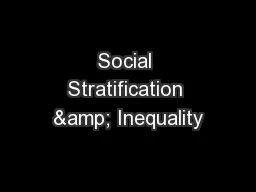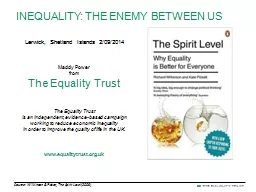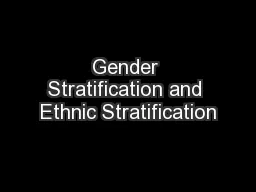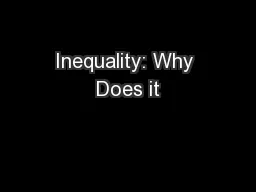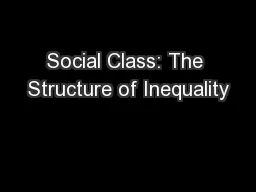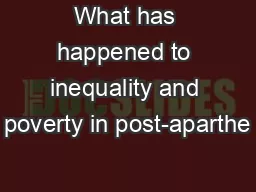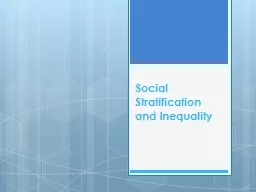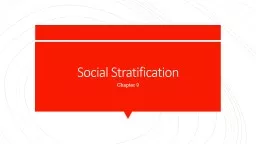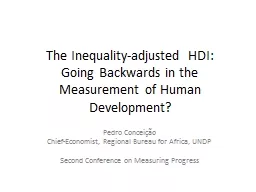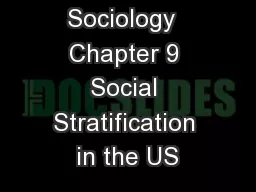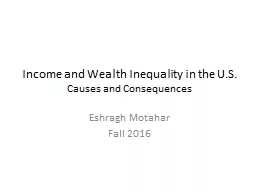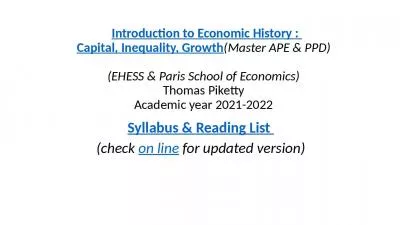PPT-Social Stratification & Inequality
Author : myesha-ticknor | Published Date : 2016-05-30
1 Social Inequality refers to any differences that result in some people having more socially valued characteristics than others Holborn amp Langley 2002 6 Social
Presentation Embed Code
Download Presentation
Download Presentation The PPT/PDF document "Social Stratification & Inequality" is the property of its rightful owner. Permission is granted to download and print the materials on this website for personal, non-commercial use only, and to display it on your personal computer provided you do not modify the materials and that you retain all copyright notices contained in the materials. By downloading content from our website, you accept the terms of this agreement.
Social Stratification & Inequality: Transcript
Download Rules Of Document
"Social Stratification & Inequality"The content belongs to its owner. You may download and print it for personal use, without modification, and keep all copyright notices. By downloading, you agree to these terms.
Related Documents

